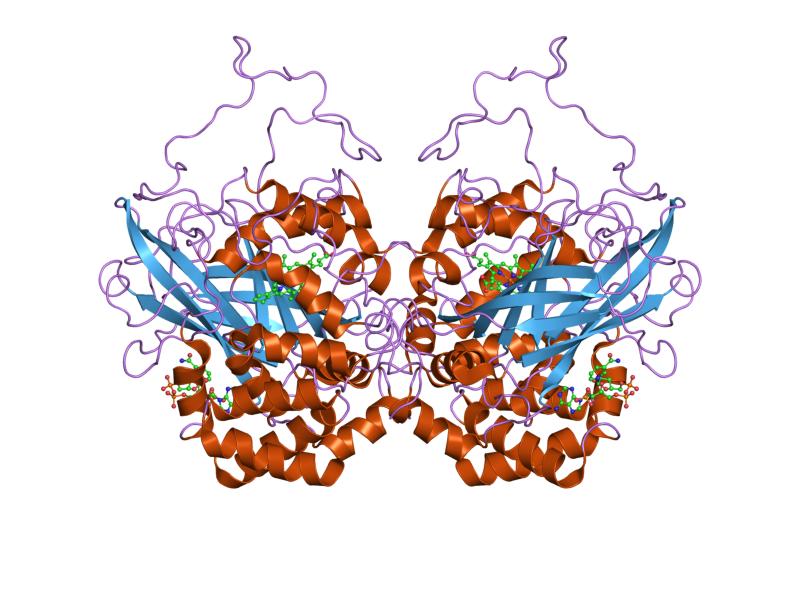
The Sedimentation Rate of Ribosomal Subunits
Ribosomes are composed of two subunits that come together to translate messenger RNA (mRNA) into polypeptides and proteins during translation and are typically described in terms of their sedimentation rate measured in svedberg units. A svedberg unit (S) is a non-metric unit for sedimentation rate and is actually a measure of time defined as 10-13 seconds. In biology, the sedimentation rate, or sedimentation coefficient, refers to the rate at which a molecule or particle travels to the bottom of a test tube under the centrifugal force of an ultra-high speed centrifuge. The S value of a molecule or particle is determined by its mass, density, and shape.
Ribosomal subunits are composed of ribosomal RNA (rRNA) and proteins. Ribosomal subunits with different S-values are composed of different molecules of rRNA, as well as different proteins and therefore have different masses, densities, and molecular shapes. Remember that RNA is a polymer of ribonucleotides containing the nitrogenous base adenine, uracil, guanine, or cytosine. Different molecules of rRNA are of different lengths and have a different order of these ribonucleotide bases. Because rRNA is single stranded, many of the rRNA nucleotide bases are involved in intrastrand hydrogen bonds and this is what gives the rRNA molecule its specific shape (see Fig. 1). The shape, in turn, helps determine its function - much like the the interactions between amino acids in a protein determine that protein's shape and function (see Fig. 2).
Fig. 1: Illustration of a 16S rRNA in Escherichia coli.

Fig. 2: Illustration of the enzyme catalase

Prokaryotic ribosomes, for example, are composed of two subunits with sedimentation rates of 50S and 30S. The 30S subunit contains 16S rRNA 1540 nucleotides long and 21 proteins; the 50S subunit contains a 5S rRNA 120 nucleotides long, a 23S rRNA 2900 nucleotides long, and 31 proteins. The two subunits combine during protein synthesis to form a complete 70S ribosome.
Eukaryotic ribosomal subunits have sedimentent rates of 60S and 40S because they contain different rRNA molecules and proteins than prokaryotic ribosomal subunits. In most eukaryotes, the 40S subunit contains an 18S rRNA 1900 nucleotides long and approximately 33 proteins; the 60S subunit contains a 5S rRNA 120 nucleotides long, a 5.8S rRNA 160 nucleotides long, a 28S rRNA 4700 nucleotides long, and approximately 49 proteins. The two subunits combine during protein synthesis to form a complete 80S ribosome about 25nm in diameter.
Because of this difference in specific rRNAs and proteins the resulting "shape," there are drugs that can bind either to a 30S or 50S ribosomal subunit of a prokaryotic ribosome and subsequently block its function but are unable to bind to the equivalent 40S or 60S subunit of a eukaryotic ribosome.
Gary E. Kaiser, Ph.D.
Professor of Microbiology
The Community College of Baltimore County, Catonsville Campus
This work is licensed under a Creative Commons Attribution 4.0 International License.
Based on a work at https://cwoer.ccbcmd.edu/science/microbiology/index_gos.html.
Last updated: Feb., 2021
Please send comments and inquiries to Dr.
Gary Kaiser